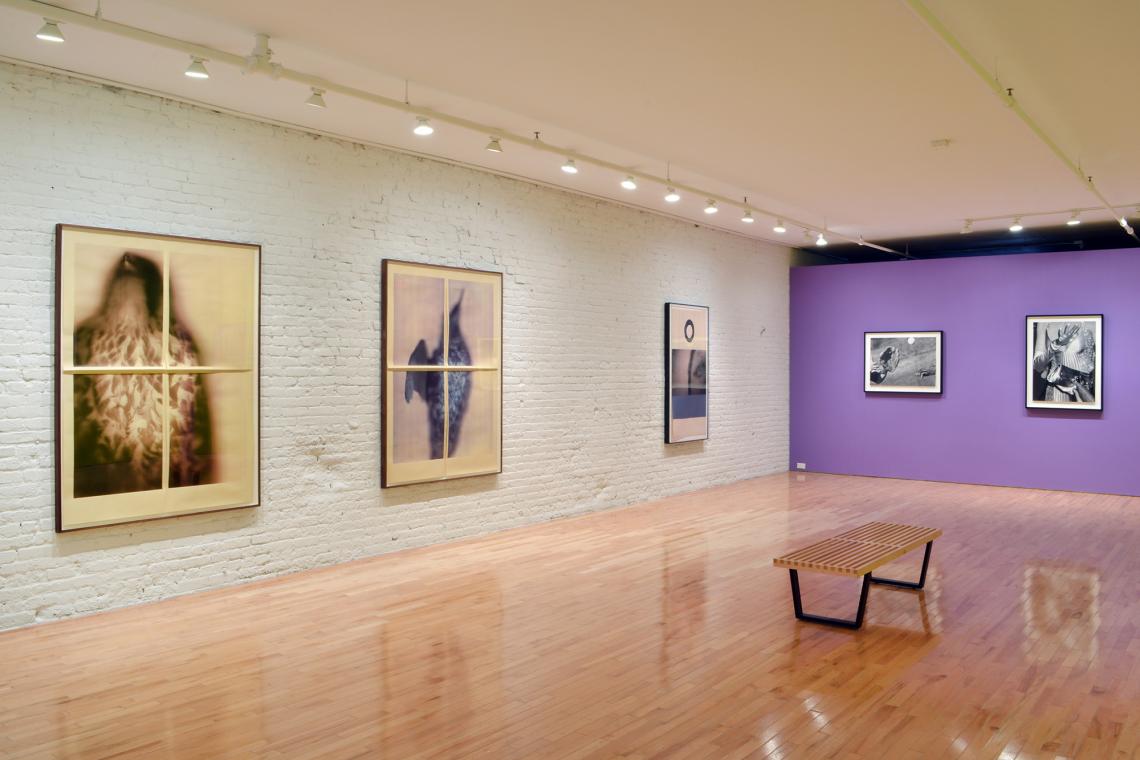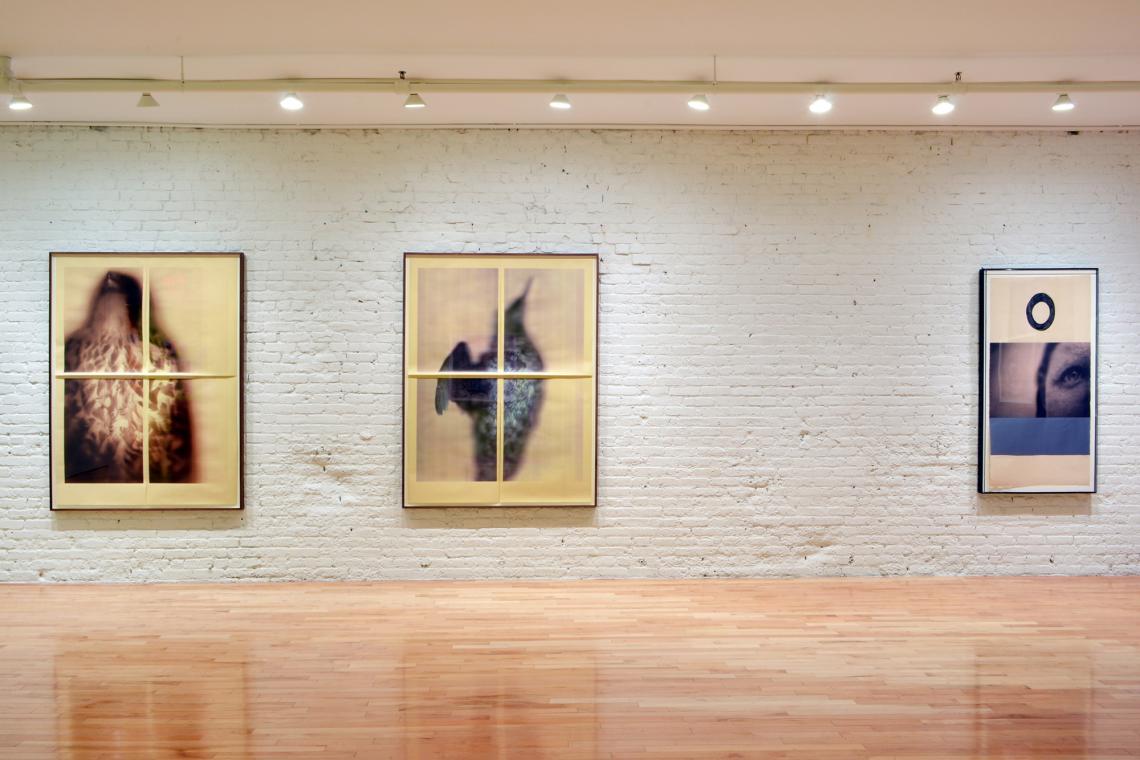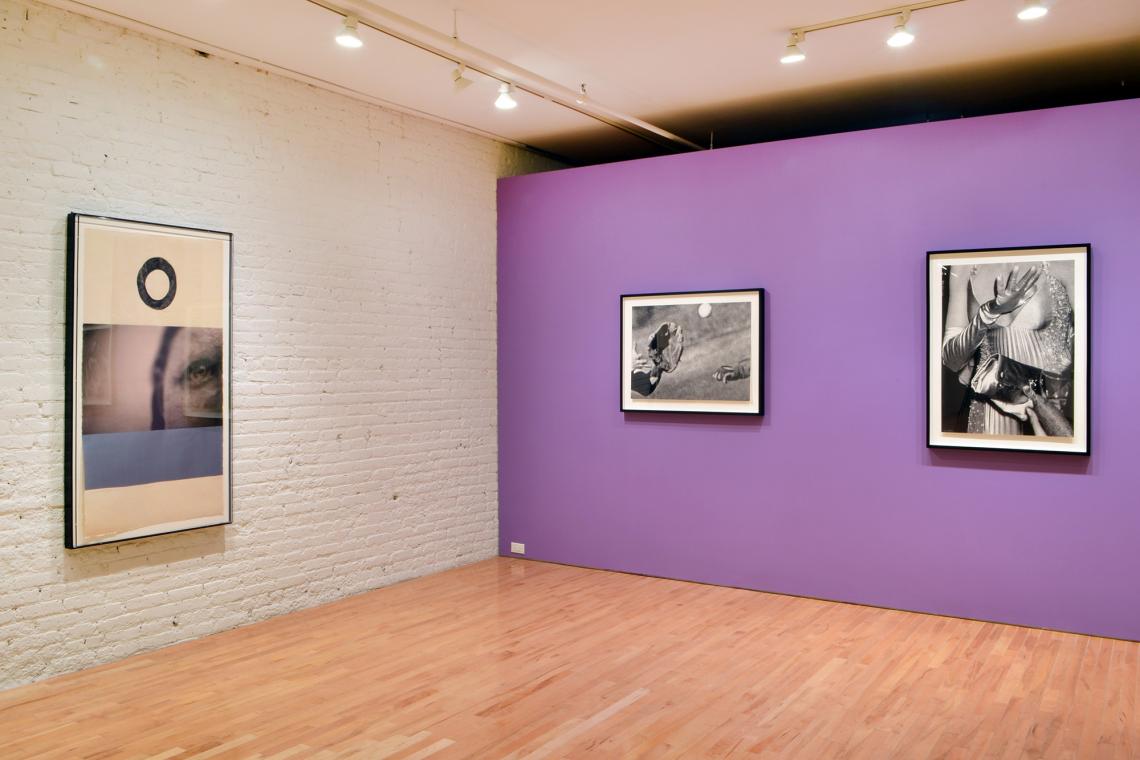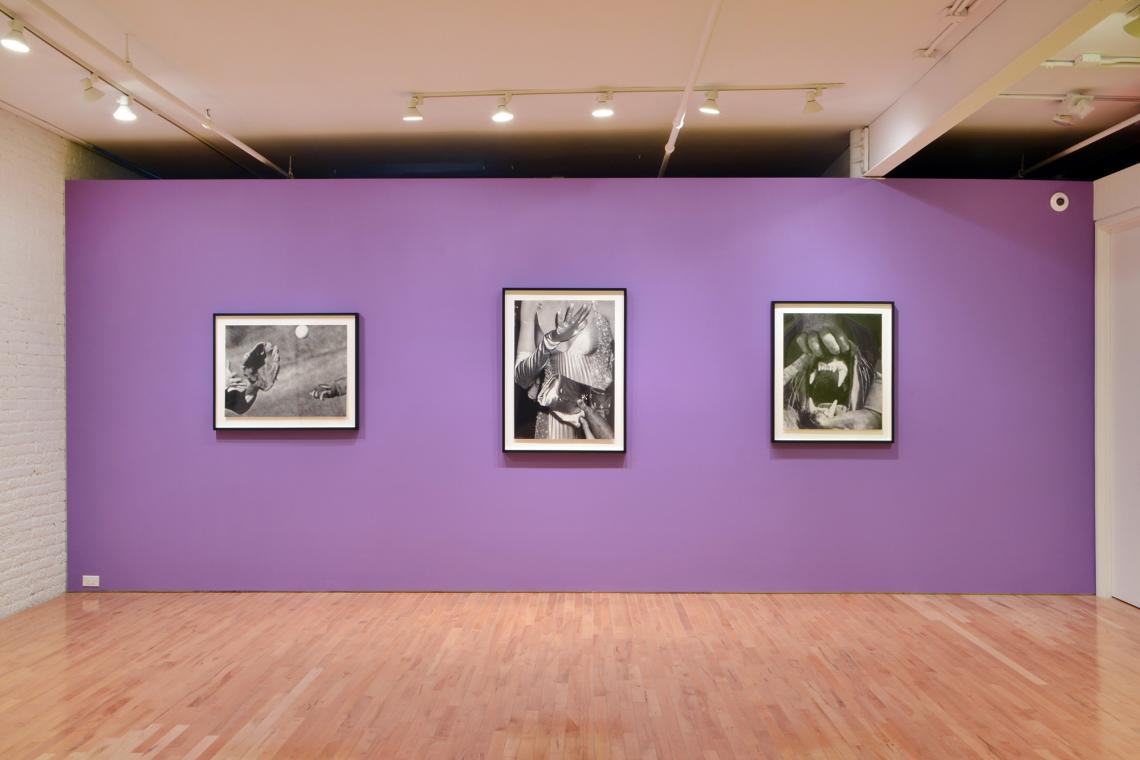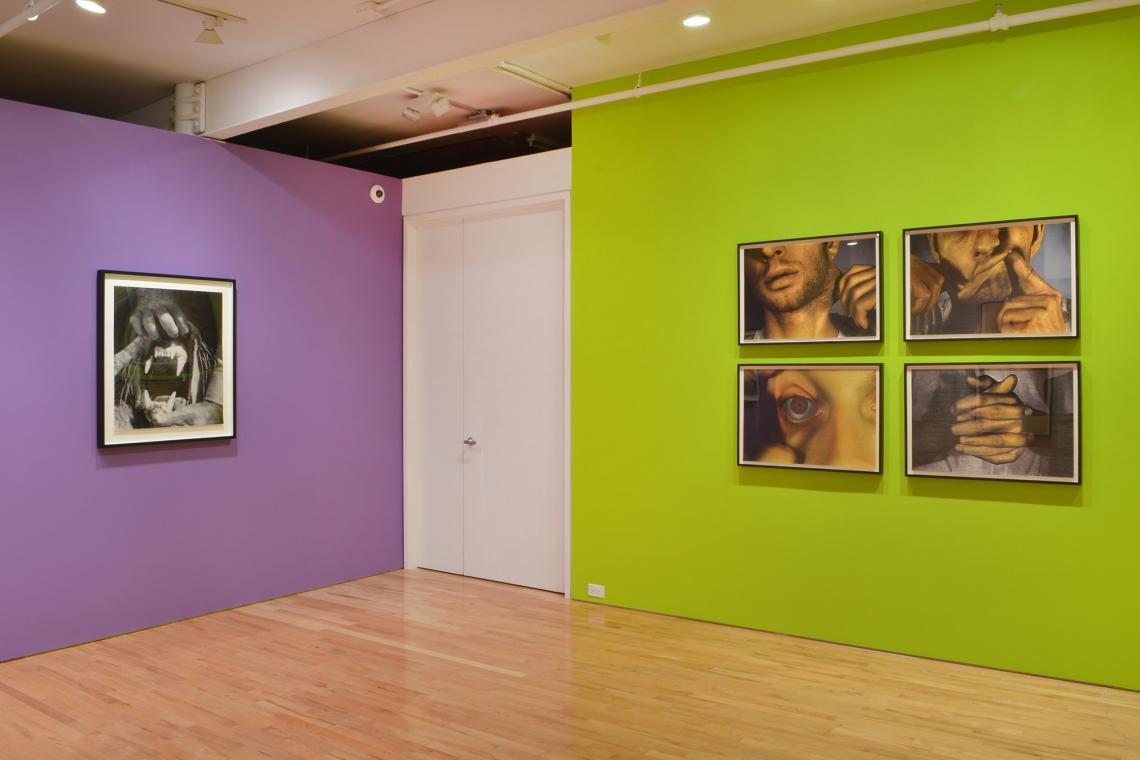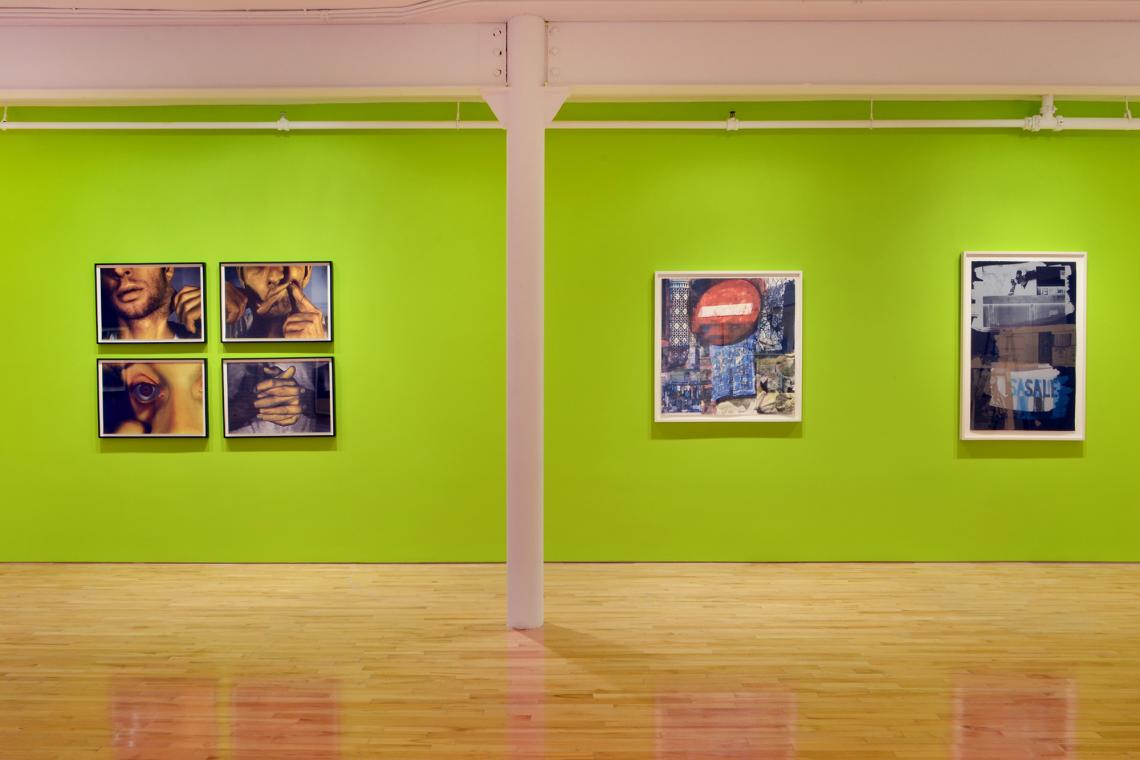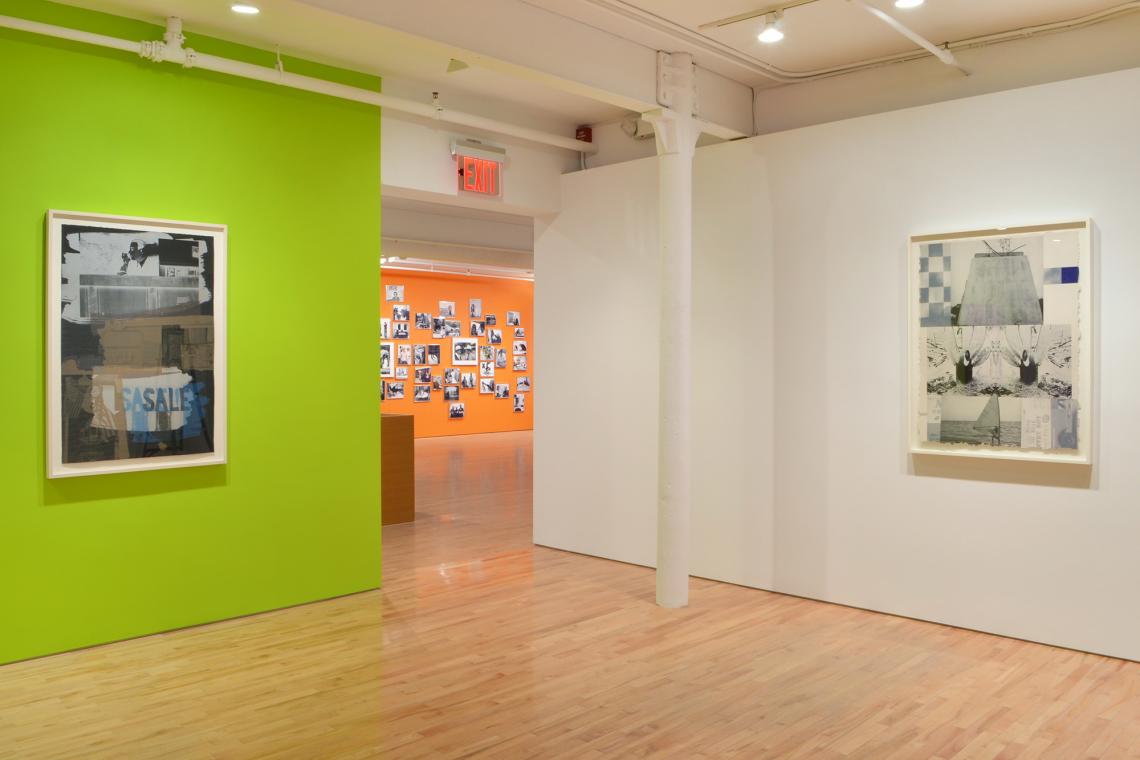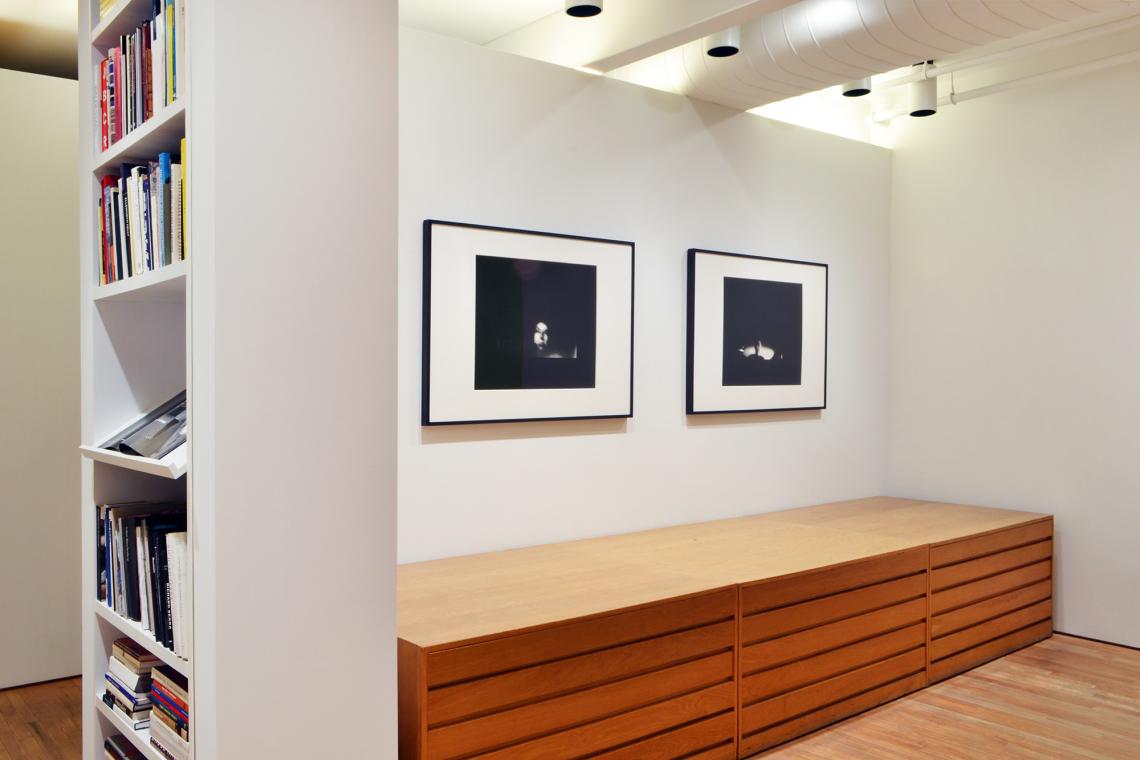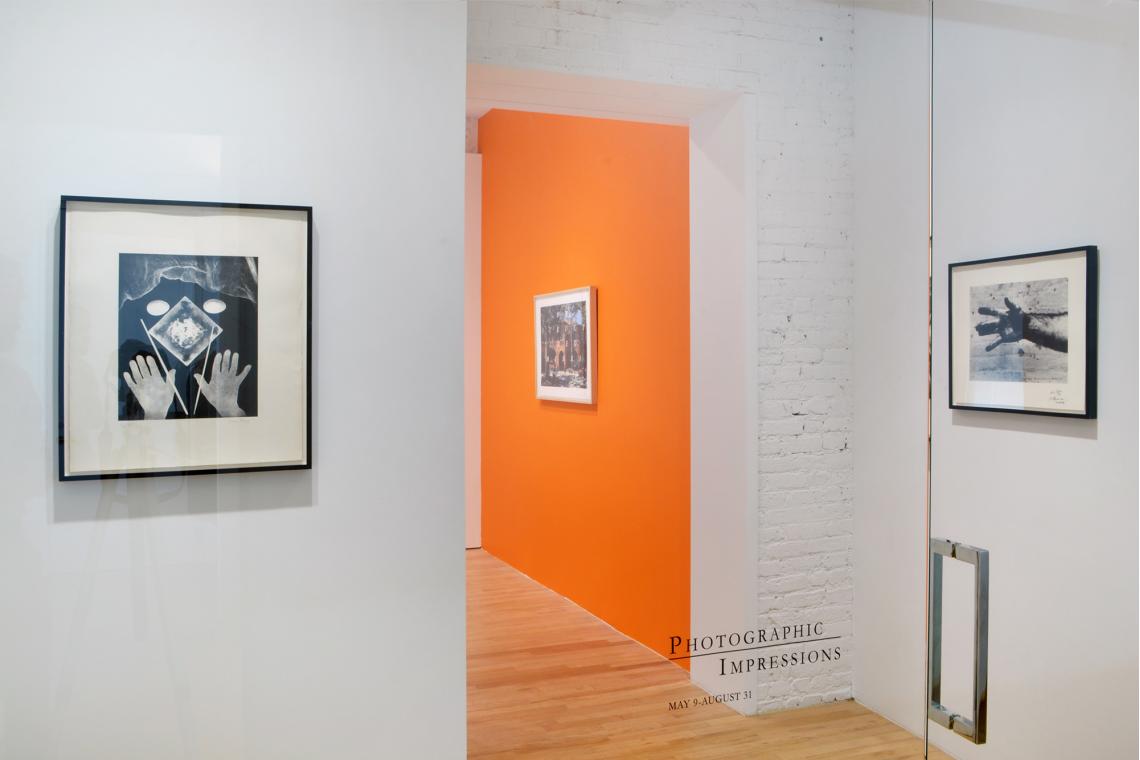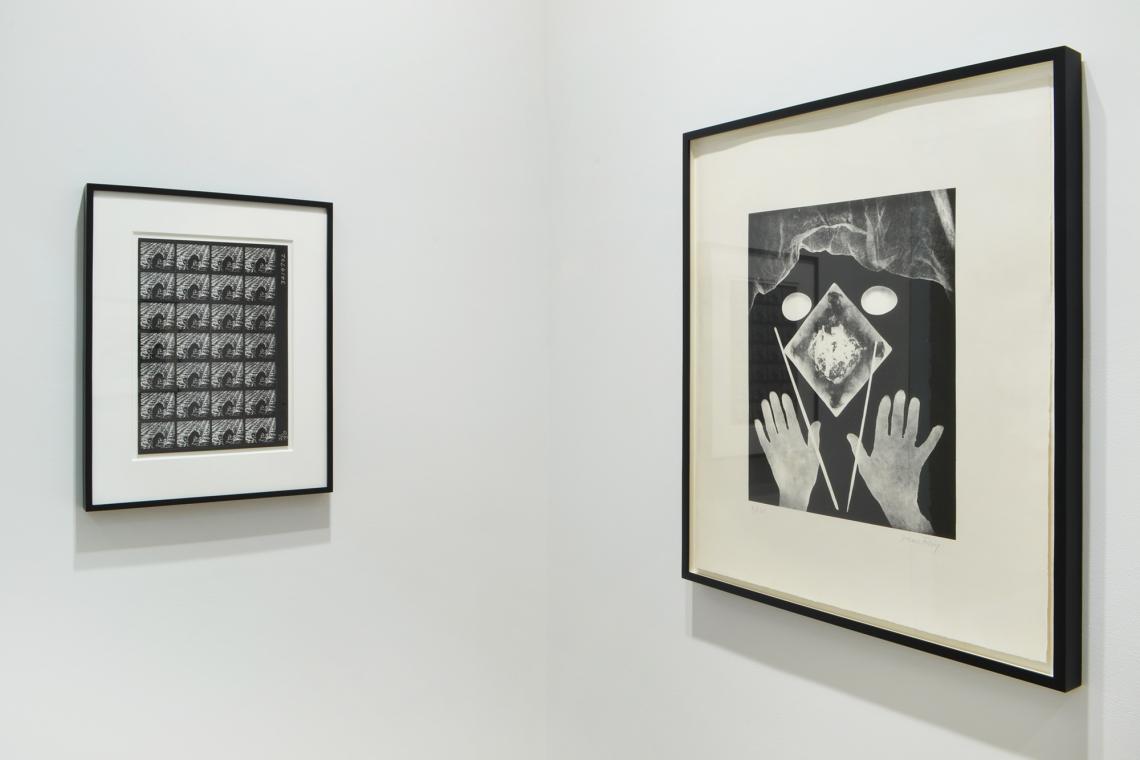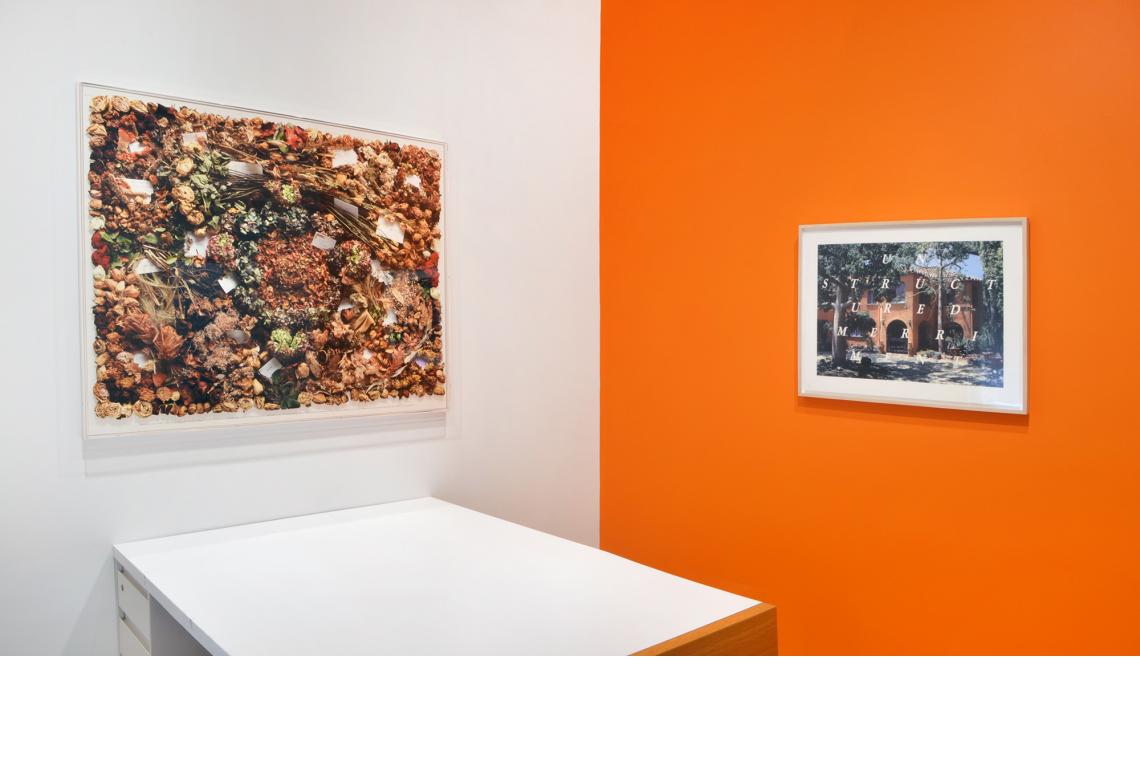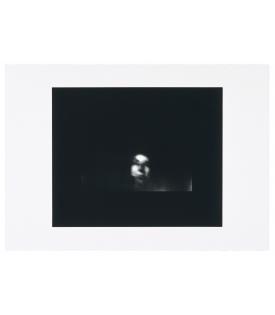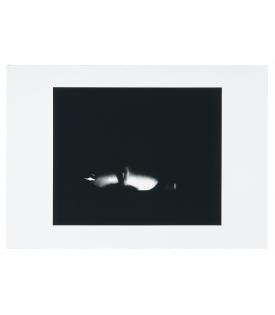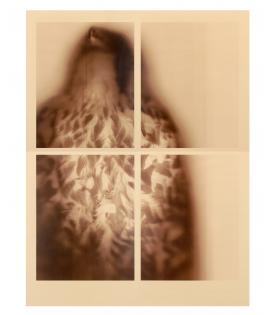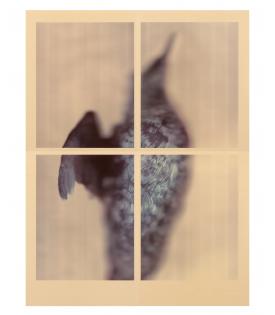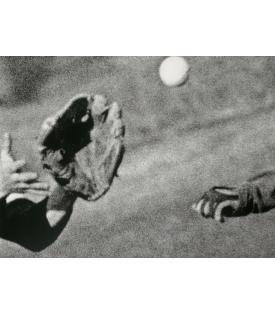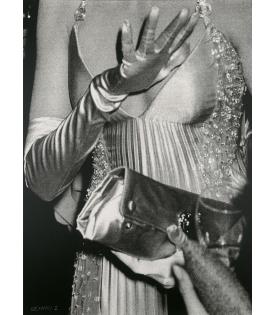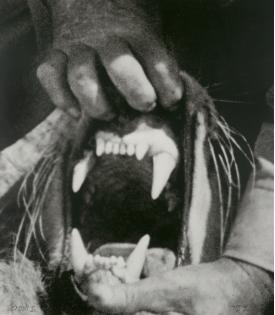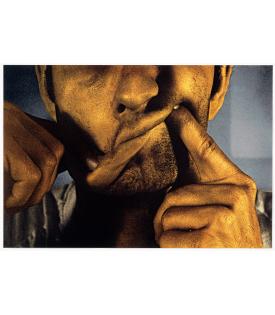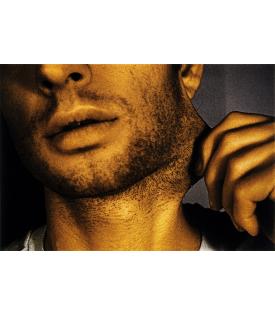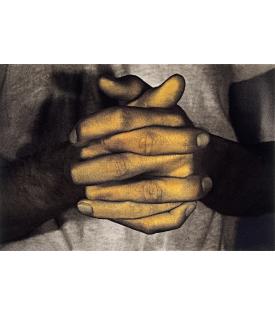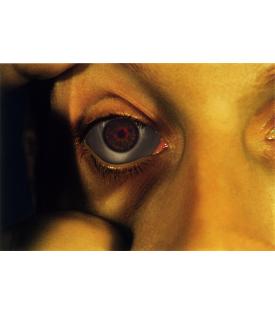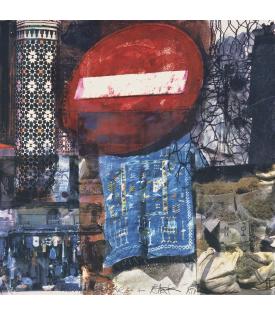Gemini G.E.L. at Joni Moisant Weyl is pleased to announce a summer-long exhibition titled “Photographic Impressions.” While conceived and installed as a single presentation, the exhibition includes two distinct components: photographs taken by Sidney B. Felsen, the co-founder of Gemini G.E.L., complimented by an exhibition of limited editions printed and published by Gemini that have photography as their predominant element.
The featured exhibition is a solo-artist presentation of over 170 photographs taken by Sidney B. Felsen. Felsen co-founded Gemini G.E.L. (Graphics Editions Limited) in Los Angeles in 1966 and soon after began to photograph the artists who came to work in what has become America’s premier graphics studio. Hisphotographs are testament not only to his talents as a photographer, but to the vitality of the relationships he developed with his subjects in the environment of dynamic collaboration that he created at Gemini. Felsen received his first camera for his bar mitzvah in 1937 and studied painting, drawing, and ceramics in Los Angeles after his service in World War II. It was in his role as the shepherd for the relationships with Gemini’s artists that Felsen’s “private art” (as identified by Constance W. Glenn in the book of Felsen’s photographs, The Artist Observed) came to be known. Felsen is quoted as saying:
Early on I realized there was an intrusive aspect to using a camera while someone is concentrating on the very private, spiritual,meditative moments of making art. I’ve tried to be as invisible as possible while photographing them, and have always used a range-finder camera because of its silent shutter. I’ve always asked permission to photograph; the answer is usually yes, but there have been some noes. I do believe not being intrusive helps, but my better ally has been the close friendships that have developed throughout the years with many of the artists. It’s much more natural to sit with a friend, with a camera in my hand, and start shooting photos than it is to use a hired professional, where there’s a veil between the two parties.
Some of Felsen’s most fascinating images are artists working on their editions: he aims his camera at themoment when Julie Mehretu is applying spit-bite to her copper plates, David Hockney is drawing a portrait of Henry Geldzahler, Richard Serra is stomping Paintstik onto Mylars, and Elizabeth Murray is surrounded by a wall of her paper constructions Knottings & Crossings. His photographs capture the collaborative sprit of the Gemini workshop, with Joel Shapiro and Master Printer Jim Reed examining proofs, Roy Lichtenstein during a proofing session for his Imperfect series, Robert Rauschenberg helping printers move a large lithography stone, and Ellsworth Kelly inspecting one of his plant lithographs. Not only that, but Felsen shows us artists and printers enjoying their time together, socializing, laughing, and experimenting. His photographs tell the quiet story of some of the most dynamic moments of creativity in 20th century artmaking.
The editioned prints on view include a selection of works by John Baldessari, Jonathan Borofsky, Sophie Calle, Ann Hamilton, David Hammons, Bruce Nauman, Robert Rauschenberg, Man Ray, Ed Ruscha and Richard Serra. Perhaps a surprising grouping of artists, all of the works demonstrate how these artists have engaged with photography and incorporated it into their printmaking collaborations with Gemini. Many printmaking techniques involve some element of photography, but these prints share a visible photographic aesthetic.

